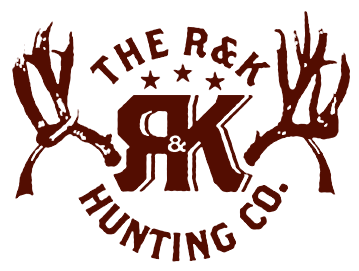Knowing your antler terminology is a big part of hunting and the conversations surrounding the sport.
If you didn’t already know, deer antlers are surprisingly intricate and complex. By familiarizing yourself with antler anatomy, you will be able to participate in discussions about these exciting trophies with confidence and ease in no time.
Continue scrolling to enroll yourself in Antler Terminology 101.
Antler Facts
You’re probably aware of what antlers are, so we’ll just share a few interesting facts about them, instead:
- Antlers are most commonly found on male deer, but some female deer can also grow antlers. Females that have a difficult time regulating the testosterone hormone will likely grow alters.
- Deer most often start growing their antlers when they are around four or five months old.
- Many factors play into the size and formation of deer antlers, such as their genetics, nutrients, when it was born, and its mother’s condition.
- Every year, deer grow a set of antlers that they shed, which takes a great deal of energy.
Antler Terminology
Here are important terms and their definitions to help you to understand antler anatomy better:
- BEAM — The beam is the central stalk of the antler.
- PEDICLE — The pedicle is the permanent base for antlers, where they attach to the skull.
- BURR — The burr is the bony rim around the bottom of the antlers.
- BROW TINE — The brow tine is the first division of the antlers.
- BAY TINE — The bay tine is the second split, just above the brow tine.
- TRAY TINE — The tray tine is the third tine.
- SURROYAL TINE — The surroyal tine is the fourth tine that branches off the beam.
- CROWN — The crown is the topmost tine of the antler.
- FORK — The fork is the top antler that forks into two tines.
- PALM — The palm refers to the end of the antler that spreads out like a human’s hand or palm.
More terms to know:
- ABNORMAL TINE — An abnormal tine is a tine that grows off another tine versus the beam.
- DROP TINE — A tine that is growing downwards is called a drop tine.
- KICKER POINT — A kicker point is an abnormal tine that grows near the pedicle.
- RACK — A rack is a complete set of antlers. They are often “typical” or “non-typical.”
- TYPICAL — A typical rack has no abnormalities.
- NON-TYPICAL — A non-typical rack has one or more abnormal tines.
Contact R & K Hunting Company
Now that you’ve got antler terminology down pat, you can get yourself a trophy rack on your next exciting Rocky Mountain adventure in Utah or Wyoming with R & K Hunting Company. Nothing compares to a successful hunt, and the hard-earned bragging rights that come with it and our team will help make it a memorable one! Our expert guides have decades of experience and are eager to share their insider tips and tricks. Book your next hunting excursion with us and find out why more than 90% of our clients come back again, season after season.


